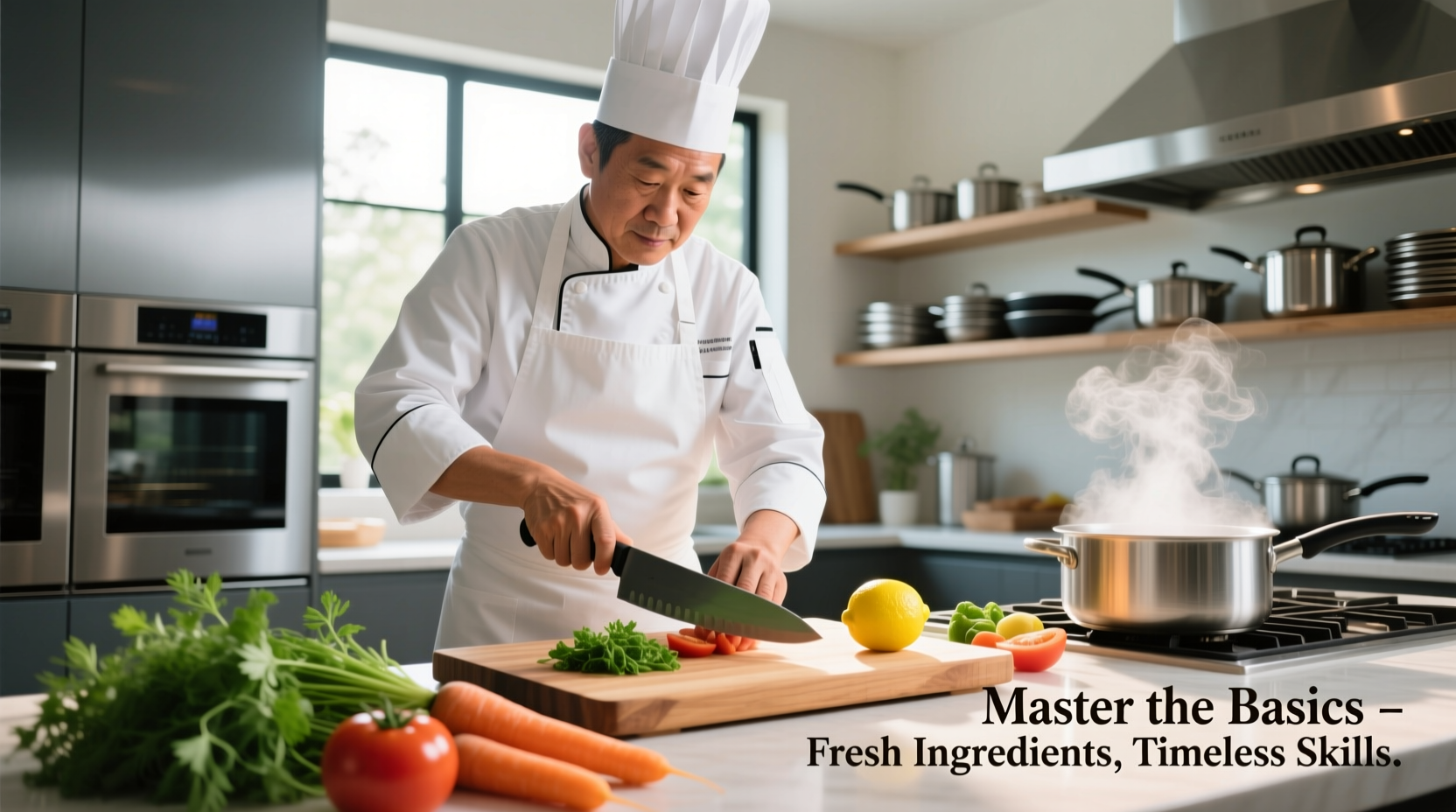Ever wondered why humans are the only species that cooks their food? The answer lies in both biology and culture. Cooking transforms raw ingredients into safe, digestible meals while unlocking flavors and nutrients our bodies can't access otherwise. This fundamental human practice has shaped our evolution, health, and social structures for over a million years.
The Transformative Power of Heat
When you apply heat to food, you're initiating complex chemical reactions. Proteins denature and coagulate, starches gelatinize, and fats melt—transforming textures and making nutrients more bioavailable. The Maillard reaction between amino acids and sugars creates hundreds of new flavor compounds that give cooked foods their characteristic aromas and tastes. This isn't just about making food palatable; it's about making nutrients accessible. For example, cooking tomatoes increases lycopene bioavailability by up to 35%, while cooking carrots boosts beta-carotene absorption fourfold.

How Cooking Changed Human Evolution
Anthropological research reveals cooking's profound impact on human development. According to Harvard's Richard Wrangham, author of Catching Fire: How Cooking Made Us Human, our ancestors' mastery of fire approximately 1.8 million years ago triggered significant biological changes:
| Before Cooking | After Cooking |
|---|---|
| Spent 6+ hours daily chewing raw food | Reduced chewing time by 83% |
| Smaller brain size relative to body mass | Brain size increased 40% due to higher caloric availability |
| Larger digestive tract | Shorter digestive tract requiring less energy |
| Limited social time | Enabled complex social structures around food preparation |
This evolutionary timeline shows how cooking fundamentally reshaped human biology. The energy saved from digesting cooked food powered our expanding brains, while the safety improvements reduced foodborne illness risks by eliminating pathogens like E. coli and salmonella that commonly contaminate raw animal products.
When Cooking Becomes Essential: Critical Context Boundaries
Not all foods require cooking, but certain ingredients absolutely demand proper heat application for safety and nutrition. Understanding these boundaries prevents both foodborne illness and nutrient loss:
- Must cook thoroughly: Poultry (165°F internal temperature), ground meats (160°F), pork (145°F), eggs (until whites and yolks are firm)
- Cooking improves nutrition: Tomatoes (lycopene), carrots (beta-carotene), spinach (oxalic acid reduction)
- Best served raw: Bell peppers (vitamin C preservation), garlic (allicin activation), certain fish (omega-3 preservation)
- Requires specific methods: Kidney beans (must boil 10+ minutes to destroy phytohaemagglutinin)
The FDA Food Code specifies precise temperature requirements for different food categories to eliminate pathogens. For instance, chicken must reach 165°F (73.9°C) internally to destroy salmonella, while fish requires 145°F (62.8°C) to eliminate parasites. These aren't arbitrary numbers—they're scientifically determined thresholds where dangerous microorganisms cannot survive.
Mastering Basic Cooking Methods
Every cooking technique serves a specific purpose. Understanding these fundamental methods helps you choose the right approach for each ingredient:
Dry Heat Methods
Baking/Roasting (300-450°F): Ideal for starches and proteins, creating complex flavors through the Maillard reaction. Perfect for potatoes, chicken, and casseroles.
Grilling (400-550°F): Direct radiant heat creates distinctive char marks while preserving moisture. Best for steaks, vegetables, and fruits.
Moist Heat Methods
Boiling (212°F): Rapid cooking in bubbling water. Essential for pasta, grains, and blanching vegetables.
Steaming (212°F): Gentle cooking with vapor preserves nutrients and texture. Ideal for delicate fish and vegetables.
Combination Methods
Braising: Sear then simmer in liquid. Transforms tough cuts like pot roast into tender dishes.
Stir-frying: High heat with constant motion. Cooks food quickly while preserving crunch and color.
Avoiding Common Beginner Mistakes
New cooks often make these preventable errors that compromise both safety and quality:
- Overcrowding pans: Lowers temperature dramatically, causing food to steam rather than sear
- Not preheating properly: Leads to uneven cooking and sticking
- Ignoring resting time: Cutting meats immediately after cooking loses up to 40% of juices
- Seasoning too late: Salt needs time to penetrate proteins for proper flavor development
Professional chefs follow the "mise en place" principle—preparing all ingredients before starting to cook. This prevents rushed decisions that lead to burnt food or forgotten steps. Start with simple recipes focusing on one cooking method until you master temperature control and timing.
Getting Started Today: Practical First Steps
You don't need expensive equipment to begin cooking. Start with these essentials:
- Acquire one good chef's knife and learn proper cutting techniques
- Master the perfect scrambled egg—this teaches temperature control
- Practice making a simple vinaigrette to understand flavor balancing
- Learn to properly cook rice or pasta—these foundational skills build confidence
Track your progress by noting cooking times, temperatures, and results in a kitchen journal. This builds your intuition for how ingredients respond to heat. Remember that even professional chefs started exactly where you are now—every great cook was once a beginner holding their first spatula.











 浙公网安备
33010002000092号
浙公网安备
33010002000092号 浙B2-20120091-4
浙B2-20120091-4